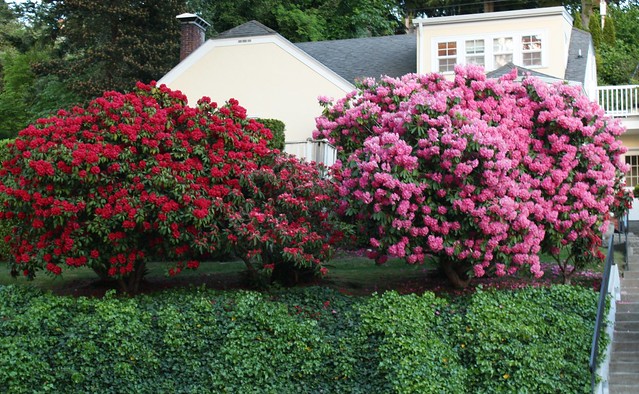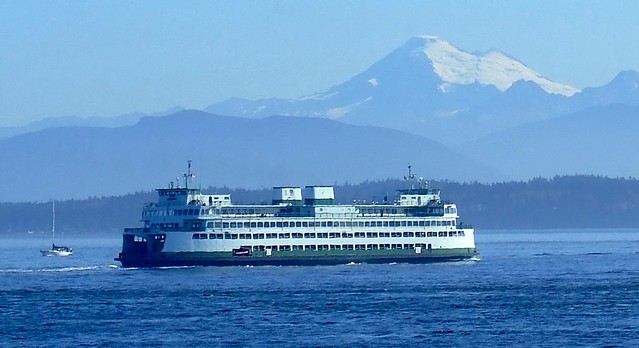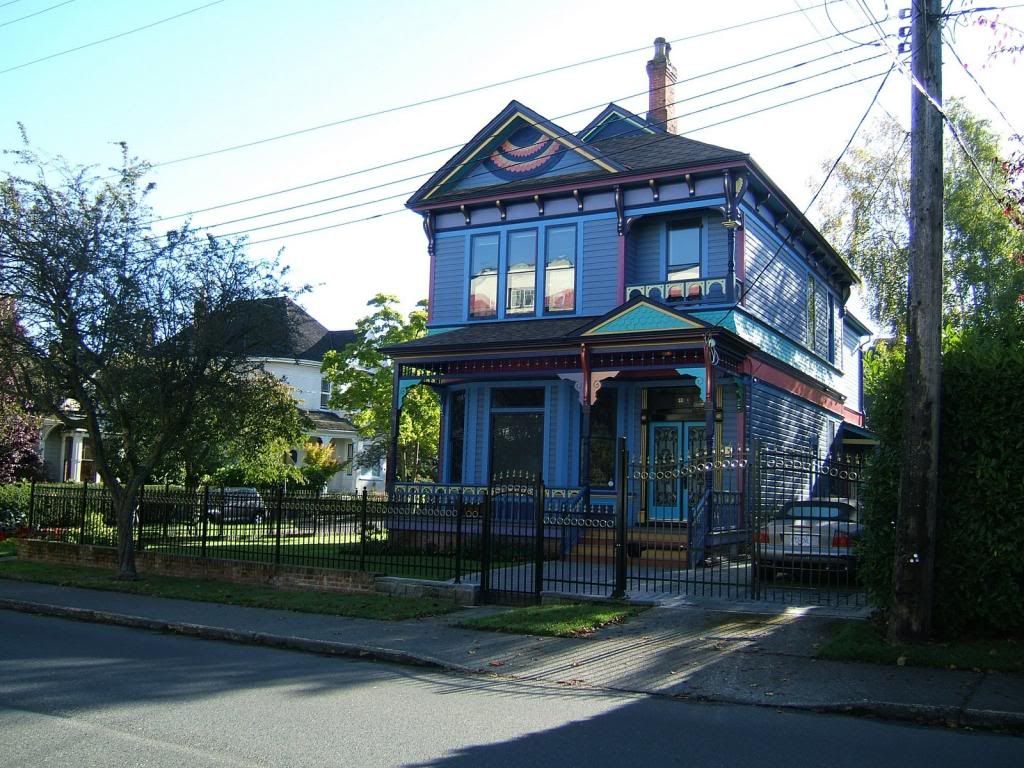Motley Moose – Archive
Since 2008 – Progress Through Politics
Pacific Northwest
Rhododendron Time

Spring time is Rhododendron time around the world. These prolific bloomers are native to Asia, North America, Australia, and Europe. They are members of the Genus Rhododendron and the Family of Ericaceae (Heaths). The name is derived from ancient Greek (rhódon “rose” or “red“) and déndron “tree”). There are some 800 to 1,000 species and 28,000 cultivars listed by the Royal Horticultural Society. Azaleas are a subgenera of Rhododendron.
Working Boats

A Washington State Ferry plying between the San Juan Islands and Anacortes with Mt. Baker in Background
Working boats are those that haul our freight, catch our fish, transport us where bridges don’t go, and rescue us when we are either unlucky or foolhardy at sea. These are hard working craft with hard working captains and crews.
Pleasure boats are often elegant and great for sport. We’ve all seen the graceful sailboats with their colorful billowing spinnakers and sailors’ hair blowing in the breeze. And then there are the really big giant multimillion dollar yachts that for many of us elicit varying parts of envy and repugnance. I believe that far too little attention is paid to the real boating troopers who toil daily in all kinds of tides and weather. In this photo diary I highlight these intrepid mules of the waterways. No fair weather sailors here.
I live on a bay at the edge of the Salish Sea. We have a wonderful harbor that moors both pleasure craft and working boats, including a sizeable fishing fleet that fishes both locally and in the waters of Alaska.
Most of these photos are taken on or around Bellingham Bay including Squalicum and Fairhaven Harbors. A few photos are from the nearby San Juan Islands and the Northern Puget Sound, all parts of the Salish Sea. Some boats are at dock while others are underway carrying out their various nautical occupations.
Padden Creek Salmon Habitat Restoration Project

Padden Creek at Fairhaven Park
Among the icons associated with the Pacific Northwest are evergreen trees, rain, streams, and salmon. These PNW icons have existed in symbiotic relations with one another for probably millions of years. A change in one can affect the others. But apparently this fact was unknown or at least unappreciated by the early American settlers of this region. They over-logged the trees which allowed the abundant rain to wash mud and whole hillsides into the streams which became uninhabitable for the salmon that had used these streams for eons to maintain their life cycles. They also dammed up spawning rivers to provide electricity to run their sawmills and salmon canneries. The irony is that they destroyed the very things that made them wealthy.
